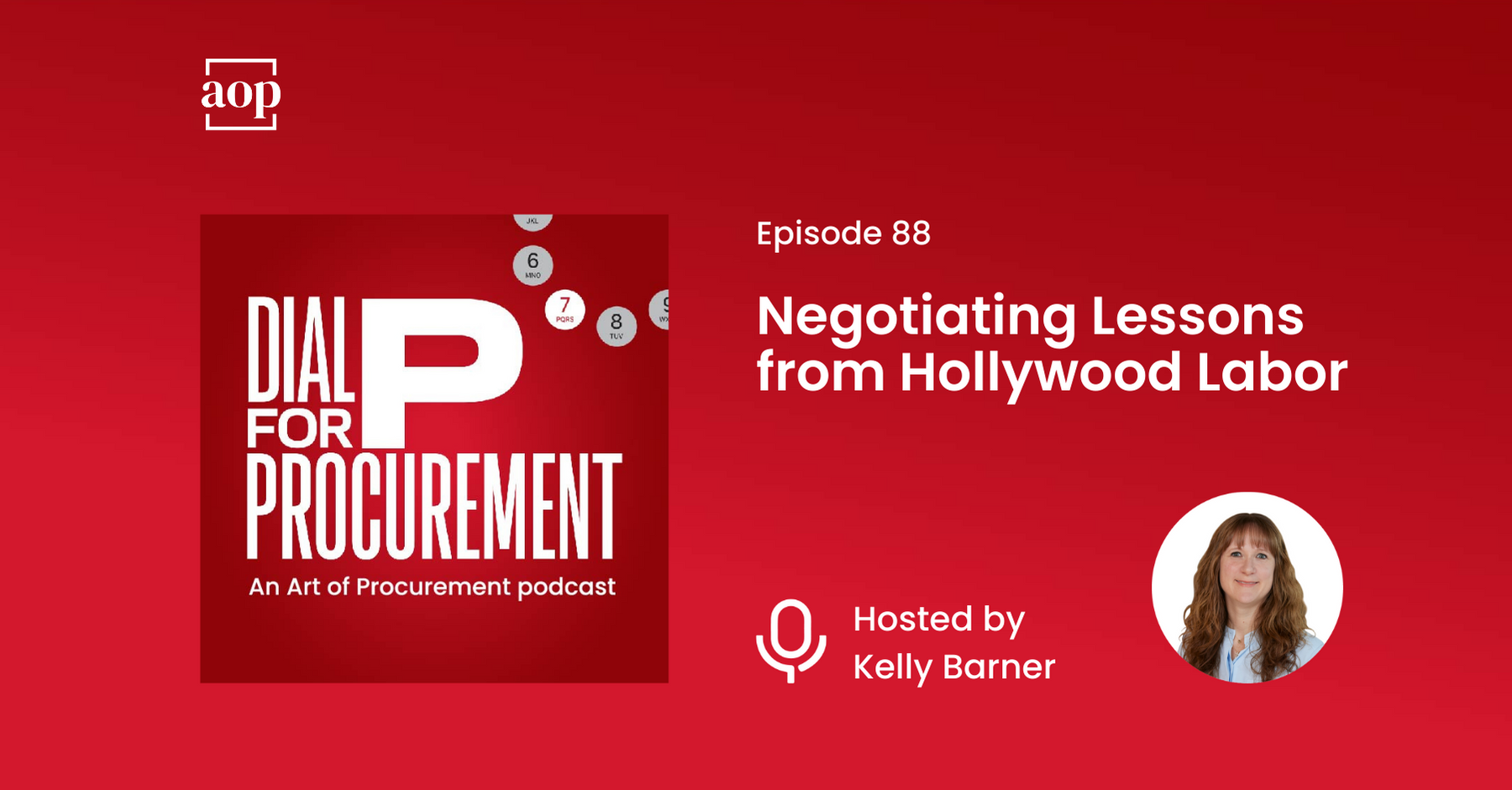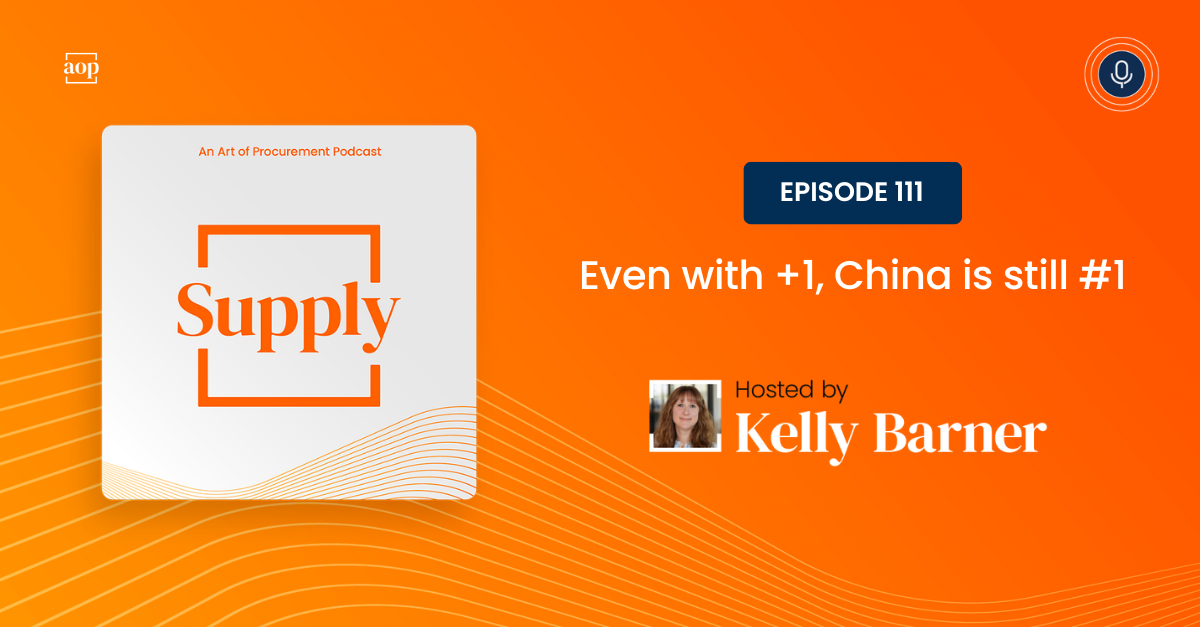
Why did the Hollywood writers’ strike take so long to resolve and why is the screen actors’ guild still on strike?
I can think of multiple reasons:
- Changing consumer preferences and consumption habits have altered the economics of the entertainment industry
- Most people assume that actors all earn Matt Damon money, making them an unsympathetic cause
- On-demand content availability reduces the pressure on studios to keep new shows and movies coming out
I think there is something else going on – and it is negotiation 101.
This is a classic multi-party negotiation. In these cases, it is much more difficult for each party to get what they want, to anticipate the other party’s motivations and objectives, and to outmaneuver them as positions change.
There is quite a cast of characters involved in this negotiation:
- On the labor side there is SAG-AFTRA, the actors’ union, the Writers Guild of America (WGA), and the Directors Guild of America.
- On the studio side, the participants are the Alliance of Motion Picture and Television Producers (AMPTP), NBC Universal, Warner Bros. Discovery, Netflix, and Disney.
- There is also an influential group of outsiders that have made their interests known: the producers and showrunners.
These parties have incentives, objectives, competing interests, and dependencies:
- Like all multi-party negotiations, that means the power dynamics can change quickly
- Interest groups can cohere or collapse and there is always the temptation to leave an alliance and do what is best for your own members
- The groups and their negotiators will constantly be recalculating their BATNA – best alternative to a negotiated agreement
Phase 1: Directors Guild
The Directors Guild never went on strike. They reached a tentative agreement with the studios on June 4th, 26 days before their contract expired. Since then, their members have been supportive of the writers’ and actors’ unions.
Interestingly, the Directors Guild leadership is now facing a backlash for coming to an agreement too early. They may have gotten what they wanted in the negotiation, but with the other unions taking to the streets, it created the perception that they should have pushed harder.
The writers went on strike on May 2 followed by the actors’ guild on July 14. The studios and streaming companies had to prioritize their negotiations even though they are related.
When the writers first went on strike, the studios essentially turned their backs on them. The writers were seen as the most difficult to please of the unions, so the directors and actors were prioritized. The studios likely thought if they boxed the writers in they could pressure their union into a deal. That strategy worked in the past – but this time was destined to be different.
Phase 2: Writers
The studios expected the writers to be more demanding than the actors, so they focused on the other two unions first. That plan has worked in the past, and allowed the studios to box the writers into accepting a deal once the actors had signed.
But it didn’t work out that way this time.
In an attempted power move, the actors held a vote to pre-approve a strike before their negotiators even sat down with the studios. According to career entertainment labor negotiator Jeffrey Ruthizer, it was a highly unusual move. He characterized the tone of the actors guild’s engagement as “all out war”
The studios basically shrugged and shifted their attention to the writers guild.
At first, that wasn’t going much better, but then the outside group of producers and showrunners got involved. In August they held a small, informal meeting at a private home in Los Angeles involving studio executives and the guild’s negotiating committee. By the end of September, the writers had a tentative agreement and could return to work – leaving the actors alone on the picket lines.
Phase 3: Actors
The primary current sticking point is around the profits from streaming, a growing content channel that has changed the industry’s economics.
The actors want a revenue-sharing arrangement, and the studios and streaming companies insist that is a non-starter. They insist that they are struggling to remain profitable.
They are willing to pay bonuses for successful shows, but not agree to a straight revenue share. SAG-AFTRA started by advocating for 2 percent of streaming revenue and then lowered their ask to 1 percent. The streaming services don’t counter, they just keep saying no.
Now talks have broken down again (as of October 14th) with the studios walking out of the talks. Perhaps they think they have the actors on the run given their willingness to reduce their demands.
Negotiations are always complicated, multi-party ones especially so. Watching this play out is like a live course in advanced negotiation.
From my perspective, the take-aways are:
- Start with what has worked in the past, but don’t be afraid to change your plan as circumstances change
- Never forget that other parties in the negotiation – even ones that you are allied with – will ultimately act in their own best interests
- Remember to consider indirectly involved interested parties and they steps they may take to advance their interests
- And please… theatrics are to be expected, especially when actors are involved, but if you can’t be purposeful and controlled, let someone else handle the messaging
2023 has been a colorful year for labor negotiations… and at this rate, it looks like SAG-AFTRA may carry that over into 2024.







